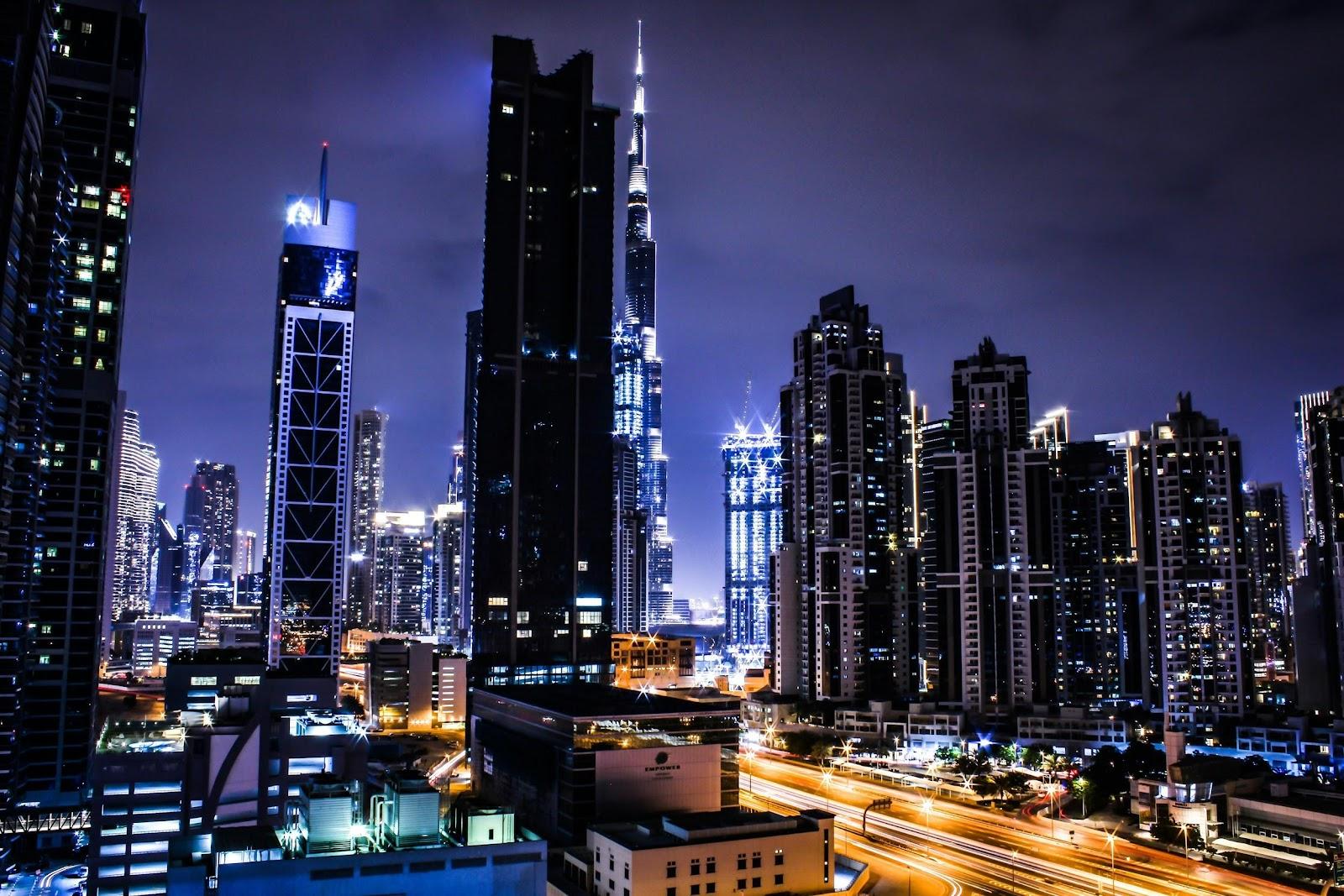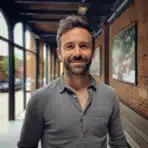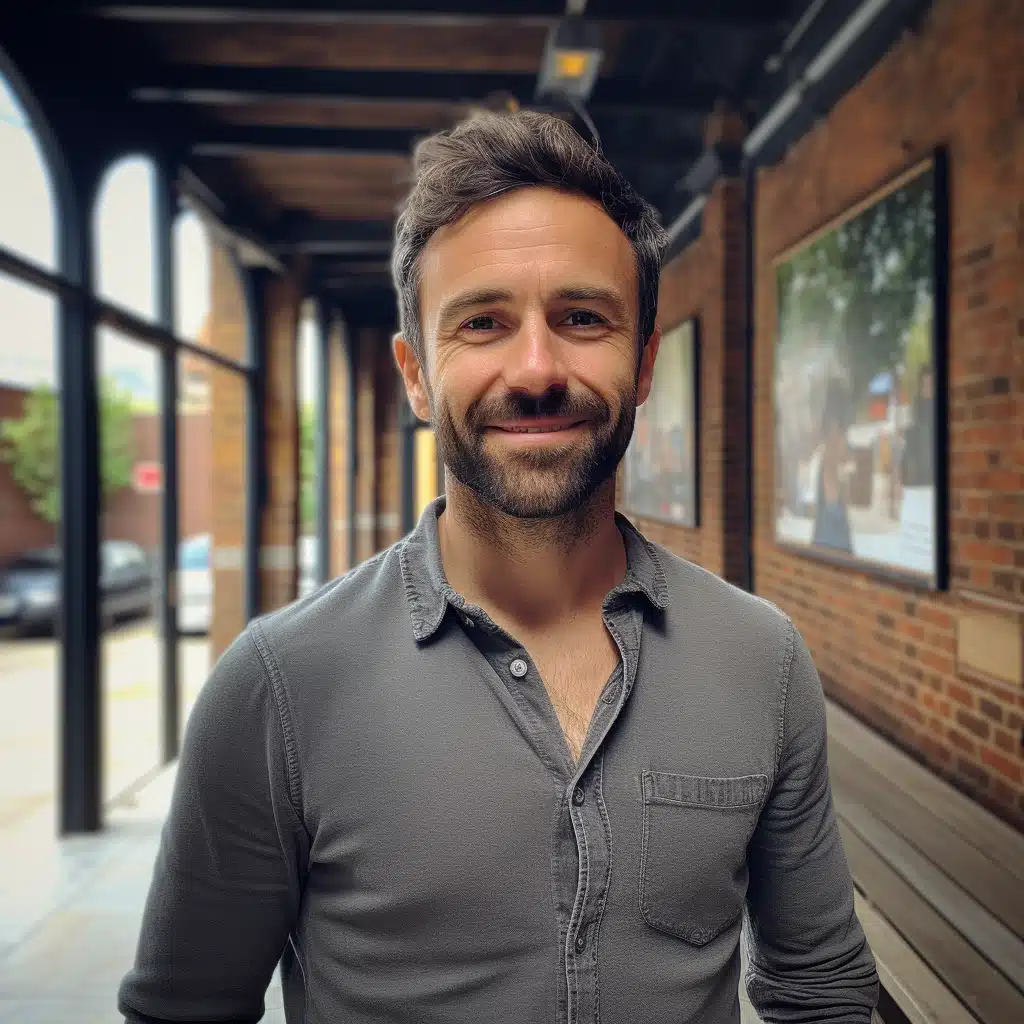Dubai was previously a seaside fishing village. The city is now a global tourist destination. Now, millions of tourists visit this city to experience its transformation. The desert transformed into a place of tall towers and wide highways. Old traditions mix with new ideas everywhere you look.
How people travel around Dubai keeps changing yearly. The city was built around making travel easy, with Evolve Dubai leading the charge. Smart tech and car rentals help travelers move around without getting lost. Hotels and restaurants use apps and digital systems. This constant change makes Dubai different from other cities. This guide covers how Dubai has reimagined modern travel.
Architectural Gems Redefining Dubai Urban Tourism
See how Dubai’s architecture transforms modern travel below:
Iconic Structures as Tourist Magnets
The Dubai Burj Khalifa is highly famous. This structure attracts tourists worldwide. The terraces have views of the city. Another striking building is the Palm Jumeirah. This constructed island looks like a huge palm tree from above. Its branches have luxury hotels that attract wealthy tourists.
Futuristic Design Influencing Travel
Dubai structures are more than just attractive. It feels like travelers have entered the future. Hotels use robots to provide room service. Some restaurants rotate slowly, so diners see the city while eating. The Dubai Frame, a huge golden rectangle, frames ancient and new Dubai. Glass flooring allows visitors to see straight down. How each building in Dubai is made shows what people are capable of.
Sustainable Architecture
When developing buildings, architects must consider the environment. New buildings have to use less energy through solar panels. Also, special window glasses keep buildings cool without using too much air conditioning. The Sustainable City area grows its own food and produces its own power. Plants on green walls help cool down the sides of tall buildings.
Technology Integration in the Travel Experience
Here’s how Dubai has integrated technology into travel:
Smart City Infrastructure
Dubai’s traffic lights interact to reduce congestion. City sensors count visitors to each place. This data assists the government in determining when to add ticket booths. Also, free Wi-Fi and phone charging are available at smart poles on the streets. Artificial intelligence is used in cameras to find crashes and send help right away. The city updates these tools regularly to avoid issues.
Digital-First Travel Tools
These include apps, virtual assistants, and contactless solutions for digital-first travel. Apps let visitors rent cars or pay for subway tickets on their phones. Digital keys keep guests from having to carry around plastic cards. There are audio guides in museums that play immediately when you get close to an exhibit. All these put together make traveling to Dubai a smooth sailing adventure.
Virtual reality tourism
People can now use VR headsets to see Dubai before booking flights through travel companies. There are hotel rooms where you can walk through and see the view virtually. Also, the views of the desert safari paths help tourists choose which company to book with. Some businesses show the cuisine and dining room in 3D. With this technology, travelers may prepare better and avoid disappointment.
The Future of Travel in Dubai
The UAE hosted Expo 2020 in October 2021, drawing 24 million people. The project achieved the connection and innovation goals. Though the event is over, the sustainable smart city gets to reuse at least 80% of Expo-built facilities.
Meanwhile, the city launched virtual versions of famous landmarks in the metaverse. In digital Dubai, people can go to shows and shop from their living rooms. This is how the government hopes to attract guests who cannot travel.
The 2040 Urban Master Plan addresses Dubai’s growth and travel plan. The city hopes to be an international destination in 20 years. Part of its key objectives is to deliver flexible and sustainable means of mobility. As part of the plan, tourist activities and hotels will use 134% more land. People who live in the city will enjoy these changes, as well as travelers.
Conclusion
Dubai shows cities can transform themselves in a generation. Technology makes visiting simple, and architectural wonders draw visitors in. When young people rent cars here, they can see places that fit with their digital way of life. Sustainability attempts show that having a lot of goals doesn’t have to hurt the environment. Other cities watch Dubai closely to learn what works and what fails. The next chapter promises even more changes that we cannot yet imagine.








